When is Shark with Steve Backshall on TV?
Sharks is a brand-new four-part documentary series on Sky Nature, with all episodes available from 7 November.
What is Shark with Steve Backshall about?
BBC Wildlife editor Paul McGuinness asked presenter Steve Backshall what we can expect to see in the series...
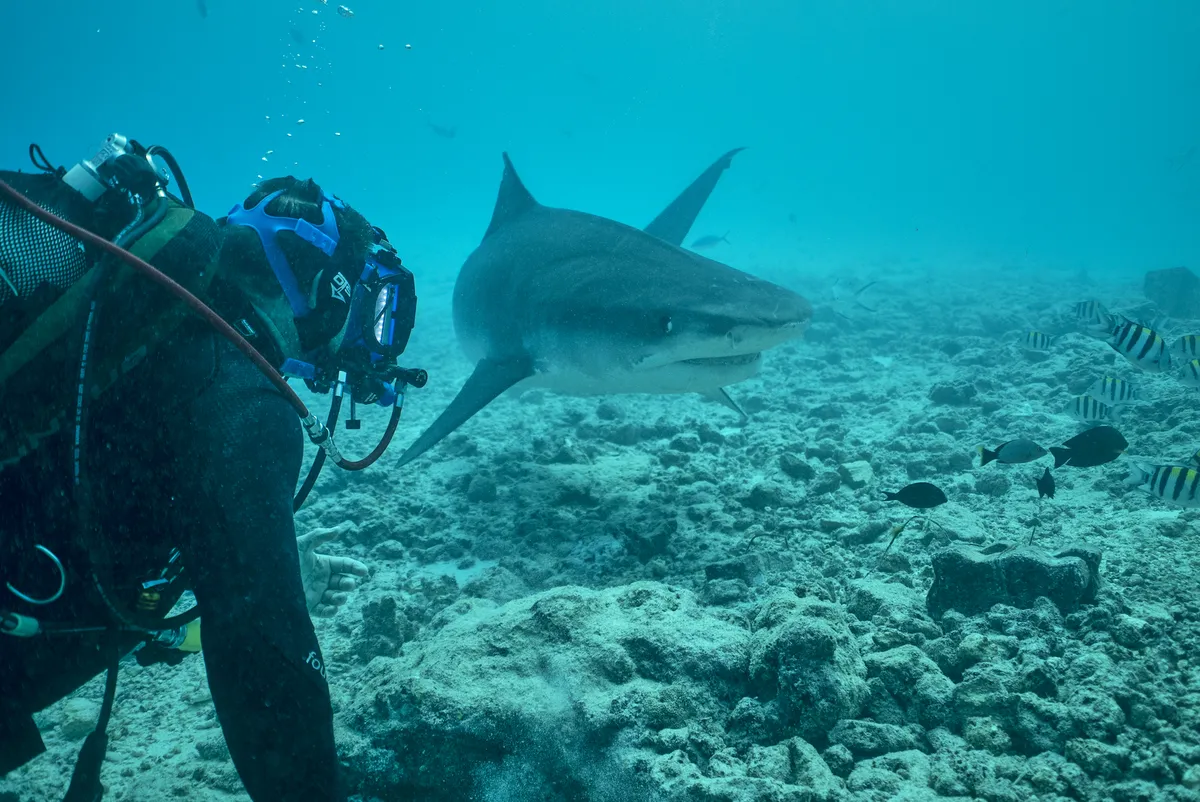
"What you won’t see is anything about shark attacks or man-eaters, or sharks in any way posing a threat to us as human beings. I wanted to make a series that was, pure and simple, about the beauty and wonder and majesty of sharks and the threats they face.
"We’ve taken on all of the iconic species – the great hammerheads, the tigers, the bulls, the great whites, the oceanic white tips. But we’ve also taken on some of the lesser-known species – the lantern sharks, cat sharks, epaulette sharks, pyjama sharks – the ones that people may not necessarily know about.
"And my hope is that it will bring onside a whole bunch of people who don’t even really realise quite how much they like sharks."

How much did you dive with sharks in this series?
"It’s a combination. People have been bandying around the term ‘new chip’ to talk about synthesis kind of projects where you have elements of blue-chip natural history, which I will be purely voicing over and where I wasn’t present, and moments where I am interacting with sharks in their environment.
"And so there is a combination of those grandest, most majestic images of sharks in their natural habitat, filmed by the very best natural history camera people in the world, over time, to have a chance of seeing their behaviour.
"And then interactions in the moment, whether that be trying to release oceanic white tip, nurse or dusky sharks that have been entangled or are carrying hooks, or whether it be down on the bottom with tasselled wobbegongs or in a cave in South Africa alongside ragged-tooth sharks. So I hope that there is something in there for everyone, from biologists and shark saviours, through to people who know very little more than Jaws and great whites."
How much of Shark with Steve Backshall was filmed around the UK?
"One whole programme has been solely shot in British waters – and not just the obvious basking sharks and blue sharks but things like lesser-spotted cat shark and skates, rays and other shark relatives that we have here in our seas.
"As well as delving into the natural history of things that people may not realise are vagrant visitors into our shores, things like the Greenland shark. That was really important to me, that one, and I think particularly for your readers because a lot of people, even biologists may not realise quite how many species of sharks we have in our seas. I’m a shark fanatic and I didn’t realise that we’d had scalloped hammerheads coming through our waters and that we’d had Greenland sharks washed up on our shores."
Read the full interview, in which Steve Backshall explains how Instagram may hold the key to sharks' survival, in the January issue of BBC Wildlife magazine, on sale 16th December.
Watch the trailer for Shark with Steve Backshall
Please note that external videos may contain ads.
Who is Steve Backshall?
Steve is a hugely popular British TV presenter, explorer, naturalist and writer. A hero to younger viewers who can't get enough of his Deadly 60, Deadly Dinosaurs and various other children's natural history programmes, Steve's other credits include Blue Planet Live, Big Blue Live, Down The Mighty River with Steve Backshall, Expedition Borneo, The One Show and The Really Wild Show. He was also a contestant on the 2014 edition of Strictly Comes Dancing.
He is the author of a number of wildlife and fiction books. He is a mountaineer, rock climber and enjoys extreme sports. Among his many awards are two BAFTAs, an honorary PhD from the University of Exeter, a gold Blue Peter badge and, most recently, an MBE. He is married to Olympic champion rower Helen Glover MBE.

Which species of shark will appear on Shark with Steve Backshall?
The many species featured in the series include the following:
Great hammerhead (Sphyrna mokarran)

An apex predator reaching 6m long, it is thought their uniquely shaped electroreceptor-packed head may help them to detect prey hidden beneath the sand.
Scalloped hammerhead (Sphyrna lewini)

At 4.2m long on average, the scalloped hammerhead has eyes on the top of its head, which gives it a 360-degree view of the world.
Great white shark (Carcharodon carcharias)
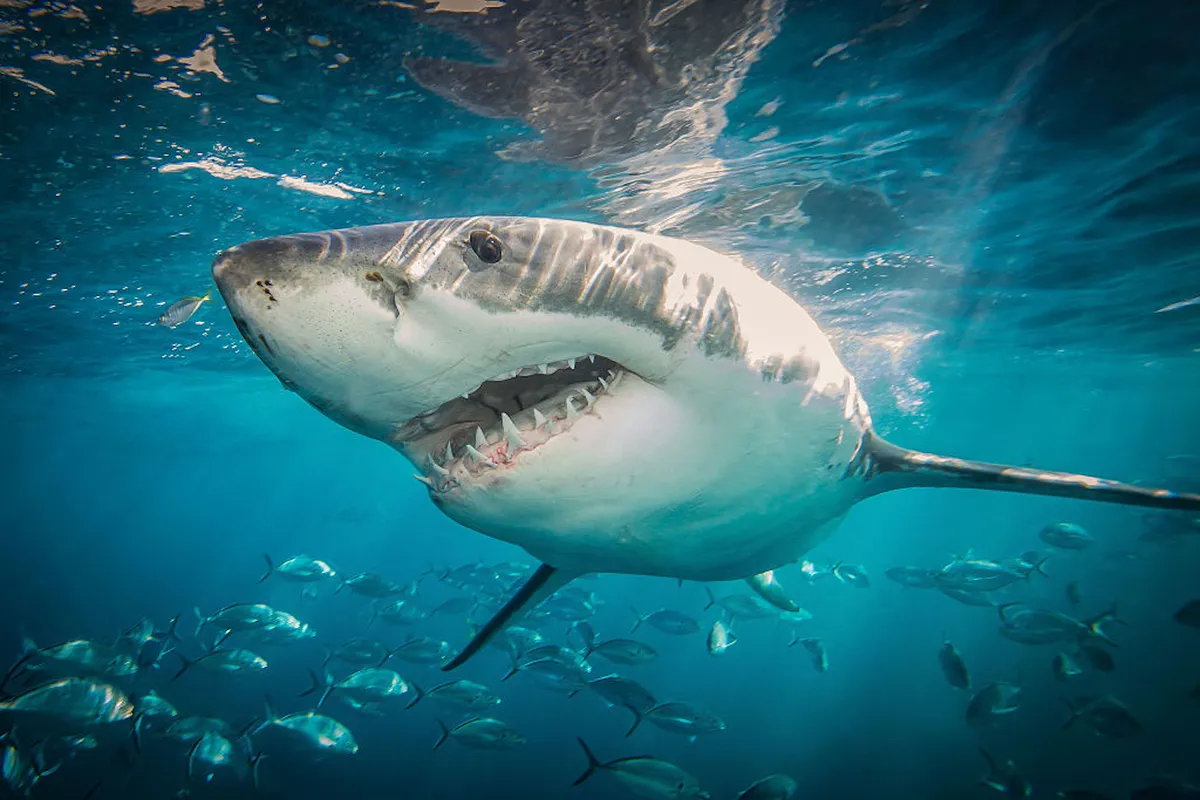
Arguably the world’s most famous shark, due in part to the Jaws films, the great white is the world’s largest predatory fish and can grow to lengths of 6.4m.
Blacktip shark (Carcharhinus melanopterus)
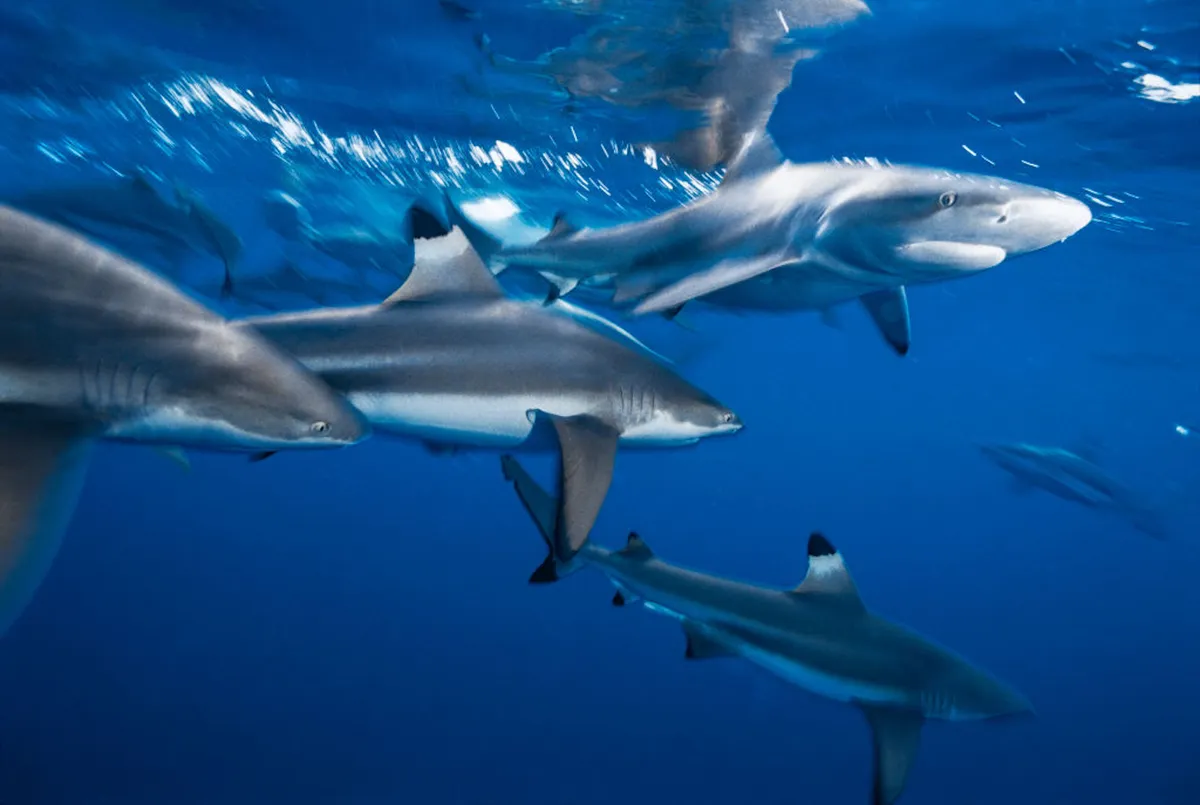
Each year, thousands of blacktips migrate along the east coast of the USA, hunted by rival great hammerhead sharks.
Whale shark (Rhincodon typus)
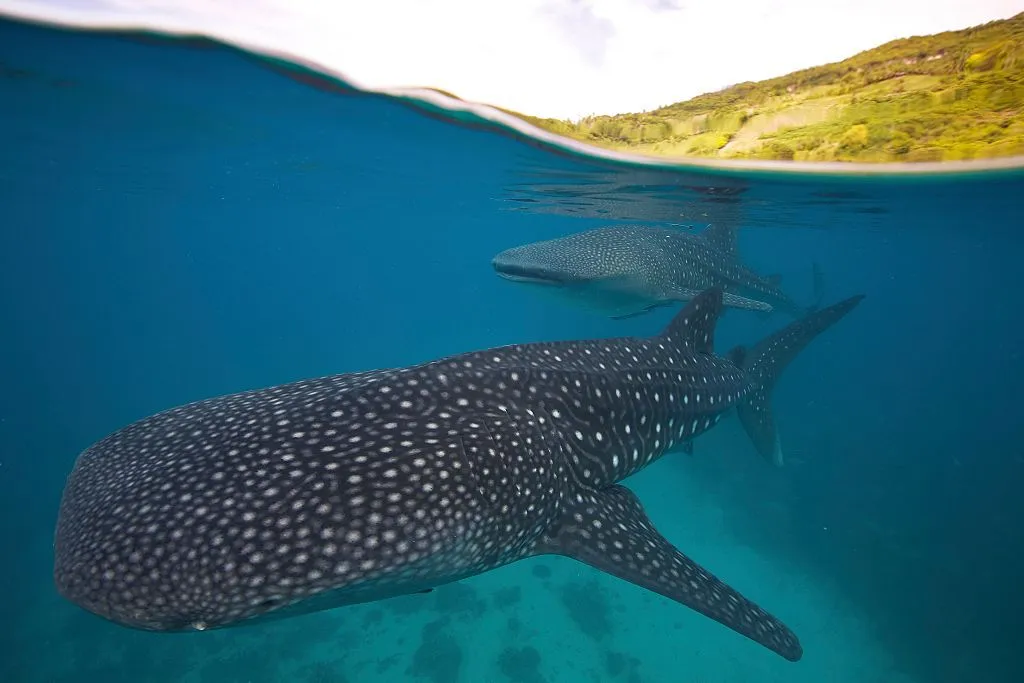
The world's largest shark, the whale shark can reach 20m long and weigh 42 tonnes. 75% of the world’s population are found in the Indo-Pacific.
Lemon shark (Negaprion brevirostris)
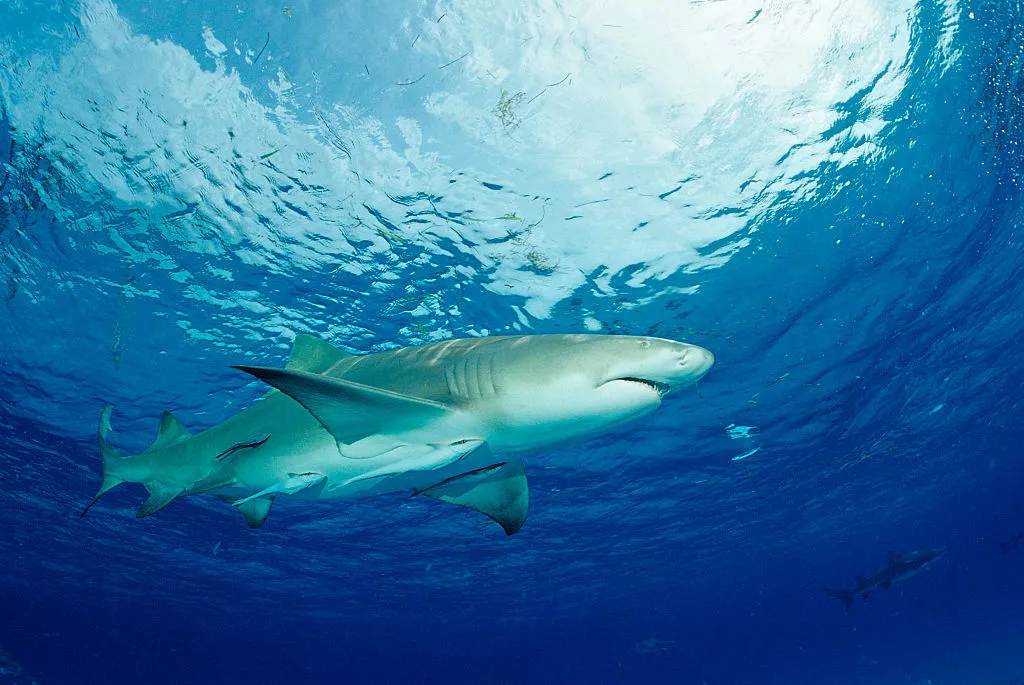
These sharks reach a maximum of 3.4m long and live in mangrove forests, which offer baby sharks safety from predators for several years while they mature.
Oceanic whitetip shark (Carcharhinus longimanus)

These critically endangered sharks have large pectoral fins, reach 3.2m in length, and return to the Bahamas every year for the dependable food source of dolphinfish, tuna and billfishes.
Epaulette shark (Hemiscyllium ocellatum)
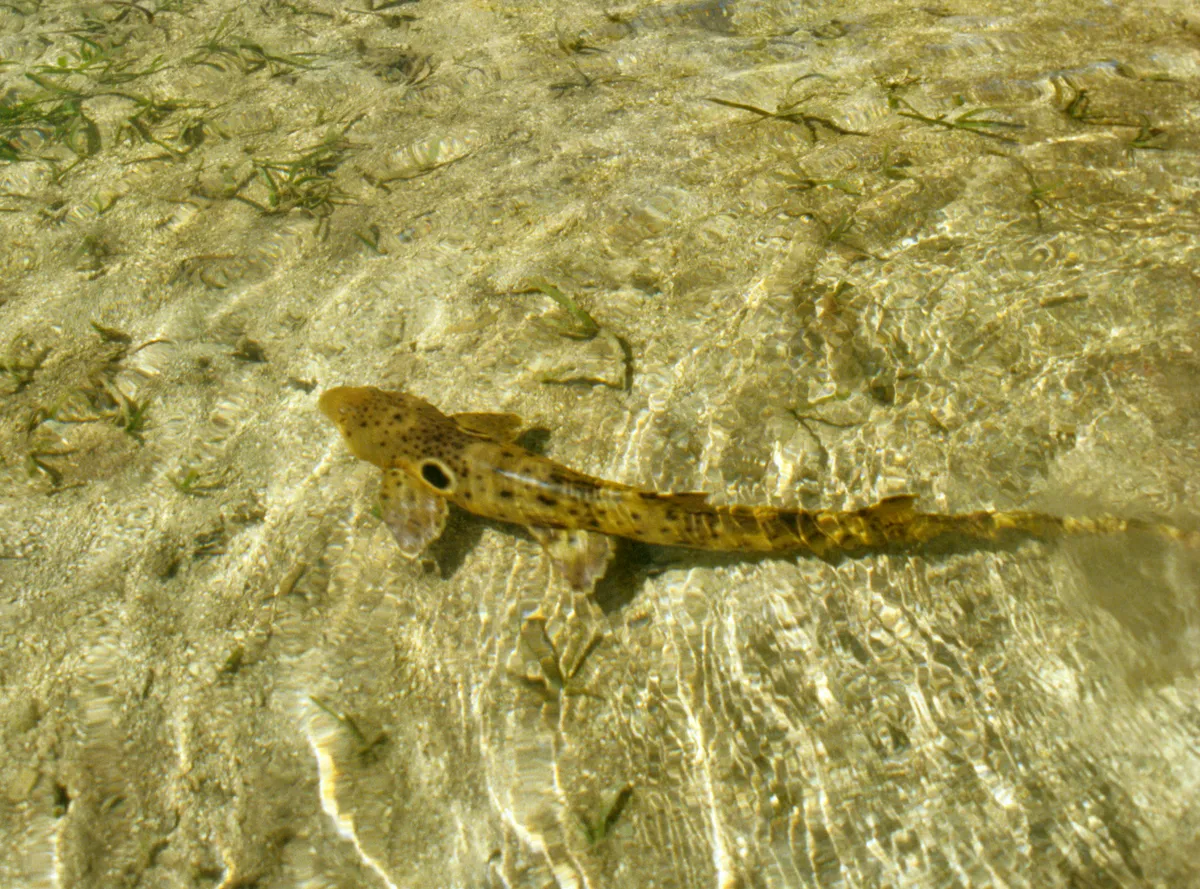
The small epaulette shark is just 100cm long and a member of the longtail carpet shark family. They are only found in the wild in Australia.
Grey reef shark (Carcharhinus amblyrhynchos)
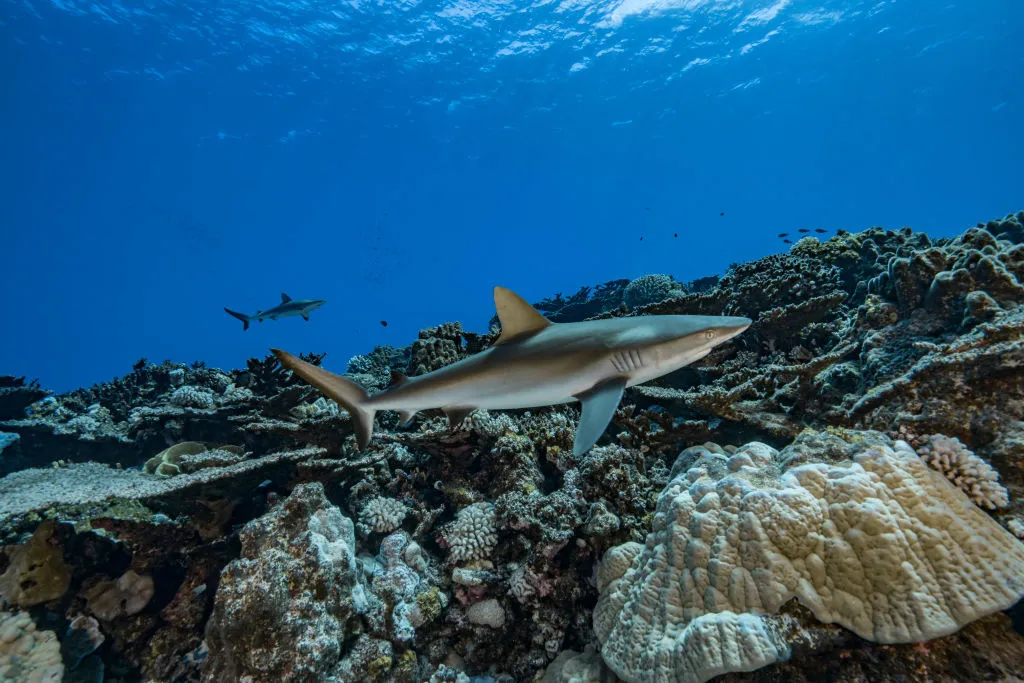
A medium-sized shark at 2.55m long, the grey reef shark is a social species that appears docile and calm during the day but turns into an active hunter at night.
Reef manta ray (Mobula alfredi)
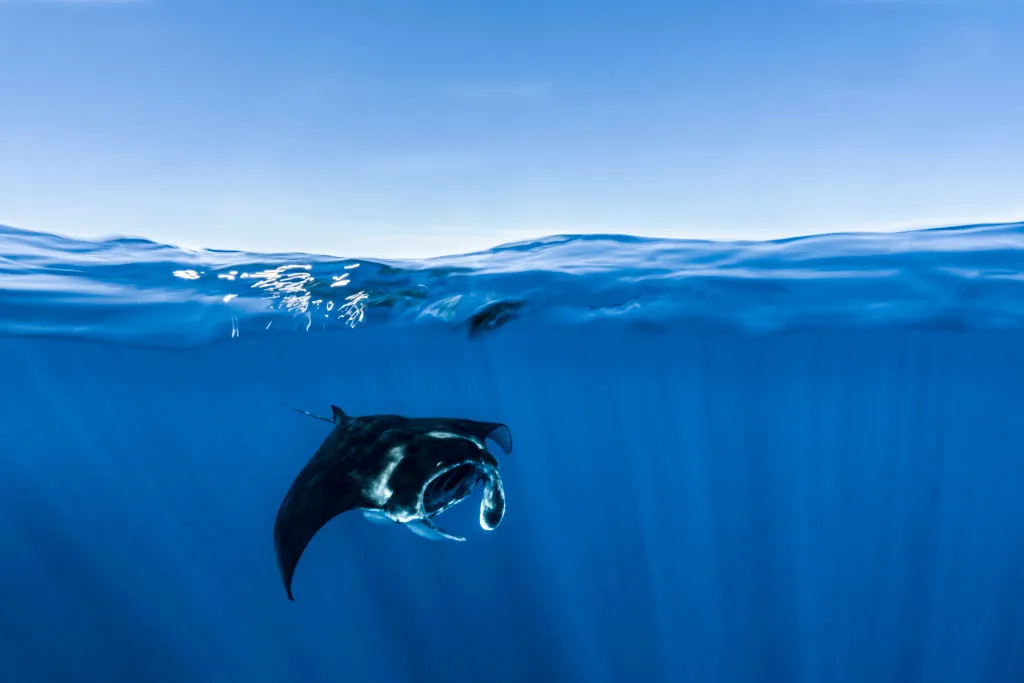
Related to sharks, the reef manta ray grows an average wingspan of 3.4m.
Main image: Steve Backshall on a boat in the Bahamas, with an oceanic whitetip shark in the background. © Sky
